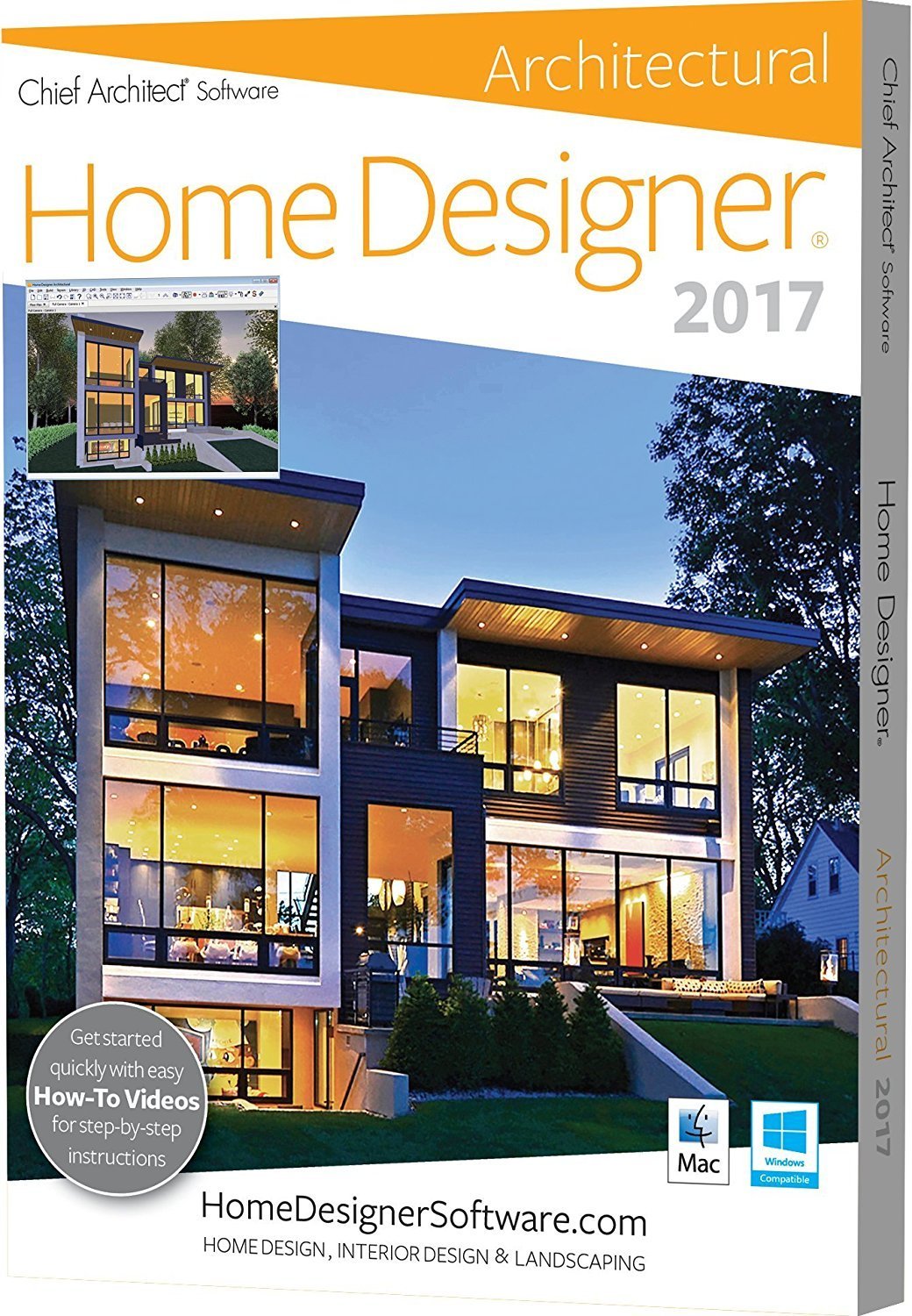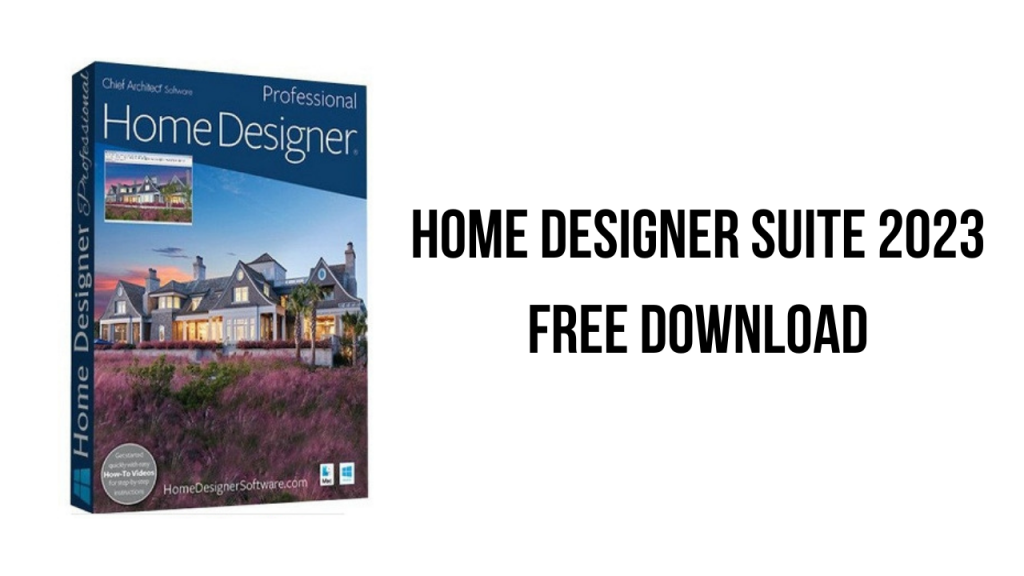

Read our TurboFloorPlan Home & Landscape 2020 review (opens in new tab).It won't turn an environmental horror into a hero, but it does help you find ways to make your build a little more efficient and reduce its environmental footprint.
:max_bytes(150000):strip_icc()/1LW177584_04-9c3ace3c46b040cd873535cae09bad3d.jpg)
We also liked the Build Green option, which can help you make more environmentally responsible choices when you design your project. We mean that as a compliment, as it's easy to create fairly complex designs with the minimum of effort thanks to the format painter and object distribution tools. It's easy to learn, its drawing tools are very good and it feels more like using an illustration program than a home design one. TurboFloorPlan comes from the same stable as the famous TurboCAD design app, and it's a very polished and mature product: it doesn't suffer from the interface quirks or performance and stability issues that plague some of the cheaper apps out there. At $49.99 it isn't a lot of money but you get an awful lot of features.
#HOME DESIGNER SUITE 9.0 DOWNLOAD MAC#
We've given TurboFloorPlan two gongs here: one for its quality as a Mac app, and one for its value for money on both Windows and Mac platforms.

#HOME DESIGNER SUITE 9.0 DOWNLOAD SOFTWARE#
If you’re planning a reno or new build, you may also want to look at the best interior design software (opens in new tab) and the best landscape design software (opens in new tab) to find the ideal planning partner for your needs. Some programs are easier to use than others, so your level of expertise or willingness to learn can also play a part in deciding which is the best software for you. The way this is done varies from one software to the next, as the number of objects available to place in rooms differs between them. Thanks to powerful 3D rendering tools, you will be able to see your new or updated home as if you were in the room – not just images, but models to move about within. This can save you money and time in the long run, as you have a detailed design plan that you can share with your renovator or work with yourself. This allows you to better plan the layout and design of your home, right down to the details, before you start working on it. If you’ve tried some other home design apps you’ll know that some apps just leave you with a bunch of tiny icons that you have to try and decode without any help, so this is a very welcome feature.The idea behind this software is to help you see what your ideas might look like. That tells you what each tool does as you move the mouse over it. We’re glad to see that the little tutorial window has been retained. We particularly like the tracing option, which you can use to mimic existing blueprints which you can then edit to suit your own requirements and which enables you to combine elements from different floorplans.Īs before, you can also add your own digital photos to the design: you can even include pictures of your family to help you visualize how the finished project will look - or perhaps to persuade your partner that they’ll love what you’re designing. Tools such as automatic wall snapping and one-click window placement take a lot of the effort out of creating even complex plans, and if you’re already used to home planning software you can import your previous plans. That’s really helpful if you don’t have an architectural background. Although your plans will be created in 2D, the actual design takes place in a 3D environment. The latest version of Virtual Architect Ultimate retains the strengths of its previous version. Although the minimum specification here is a 2GHz or faster processor with 4GB of RAM and 1GB of graphics memory, that spec is not going to deliver the optimal experience: on a 2.5GHz Core i5-4200M processor with 8GB of memory and 1GB integrated graphics, the app ran very slowly in 3D mode.

There’s another similarity between version ten and version nine: it may run very slowly on low-powered laptops.


 0 kommentar(er)
0 kommentar(er)
